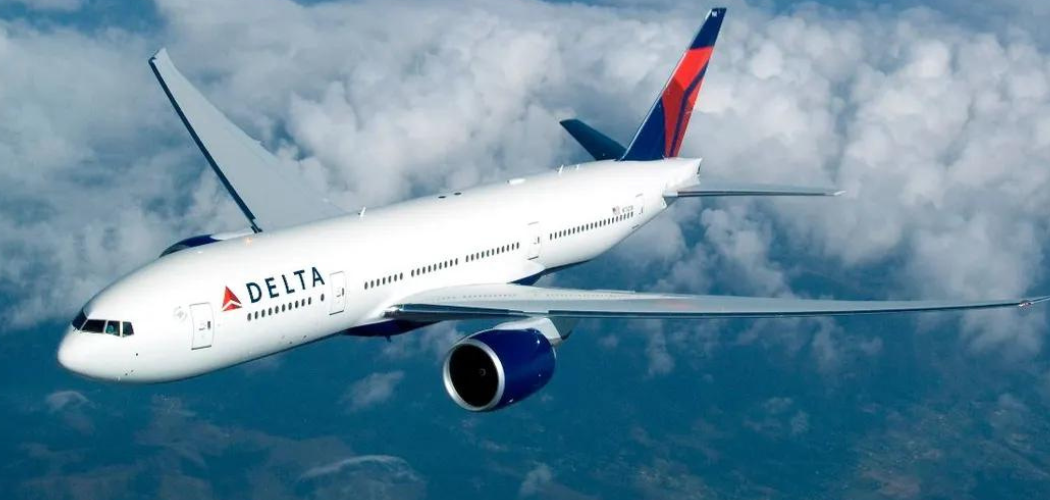FFPs to spread from airlines to airports?
Frequent flyer programmes (FFPs) have traditionally been the terrain of airlines rather than airports, despite the fact that an airline can't function without an airport, but this situation could be set to change as airports demand greater recogition of their role in passenger management and retention, according to Shaju Nair, director of global CRM and loyalty for software firm IBS.
In most situations, the airport is reduced to being a voiceless spectator in all the interactions between the airline and its passengers, but Nair suggests that it may be time for airports to stand up and be counted when it comes to passenger relationship marketing. This, Nair argues, is especially true of developed markets where there is more than one large airport in a 60-mile radius, for example, when it becomes increasingly important that airports attract and retain their passengers.
It may now fall to airport operators to take the next big leap in air passenger engagement, keeping in mind the two key objectives of an airport-oriented loyalty programme:
- Increased passenger traffic;
- Increased spending with airport retailers.
The focus will need to be on building lasting relationships with those passengers who use the airport and its various services, which will involved an extensive customer relationship-building initiative using a loyalty programme as the 'enabler'.
This would call for an ecosystem that encompasses retailer systems, partner systems, airport operations systems, and of course a loyalty rewards infrastructure that binds all of these elements together. The data from these disparate sources resides in a centralised data warehouse.
All customer (passenger) activities can then be tagged and analysed, and the data gathered from the airport retailers (e.g. revenue generated, footfall counts, customer demographics, purchase dates and times) can be examined to help identify the best locations for retailers (i.e. airside or landside).
The airport operations database, with the wealth of information it contains, can also be given a mobile interface so that it can push appropriate information (e.g. gate number, departure time, and delay alerts) to passengers, and the central data warehouse's detailed passenger profiles can be used to send targeted campaigns and promotions.
Nair's vision for airport loyalty initiatives extends still further, with the potential for consortiums of airports in which member airports would reward passengers for using the consortiums' services and partners.
The technology eco-system may appear to be both large and diverse, but any 'new generation' loyalty product (such as iLoyal from IBS) should be able to cater for most of its elements. The only ad-hoc activity needed is that the airport operations database will have to tie into all the other systems, and integration will also be needed with mobile and retail point-of-sale (POS) applications.
According to Nair, "It's time the airports stood up and claimed what is rightfully theirs: the customer. From being just a by-stander and observing how airlines increase their revenues through loyal customers, airports could now play an active role in engaging with both customers and partners. This not only increases customer satisfaction with the airport but also the revenue potential for the airline."
More Info:




